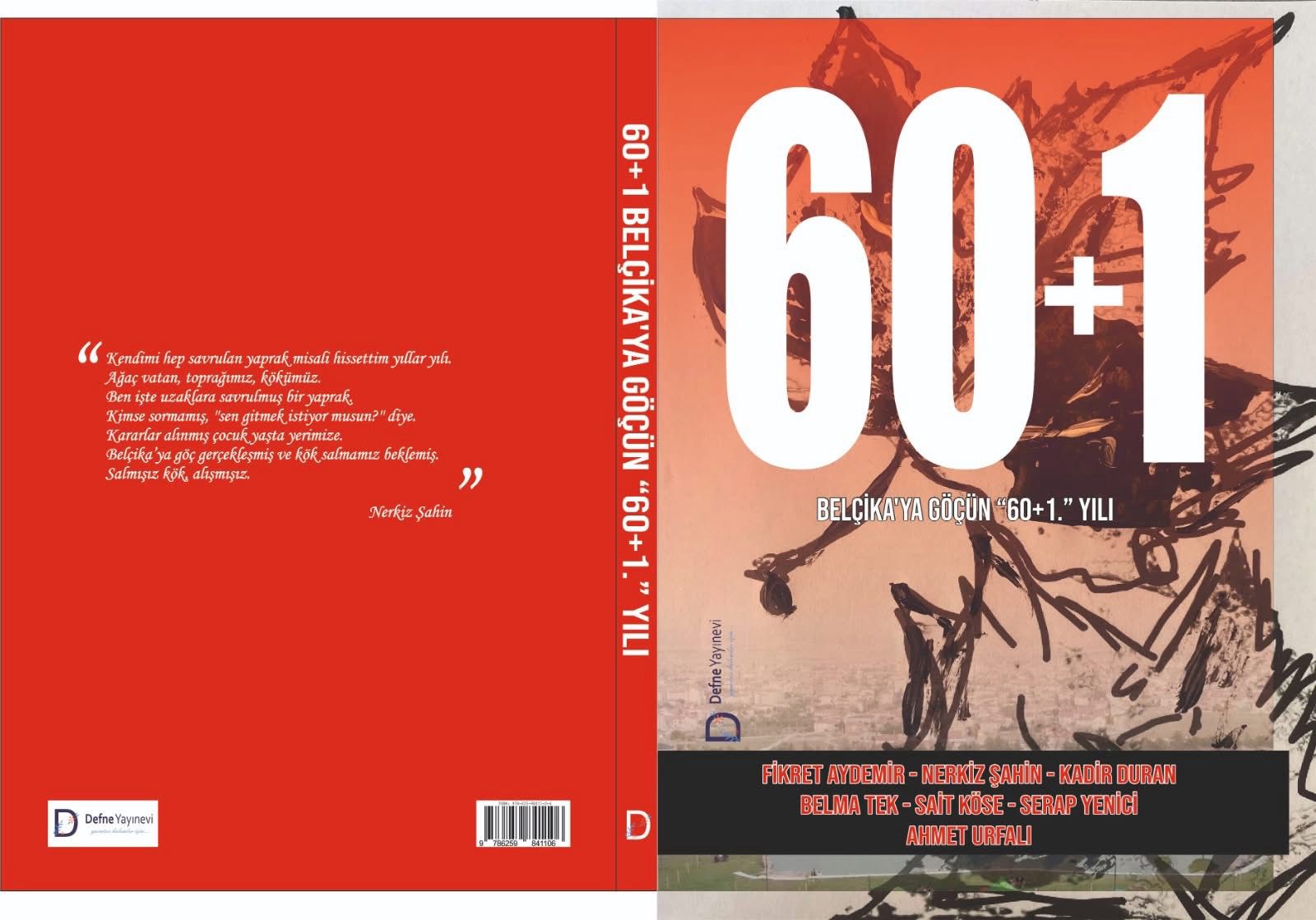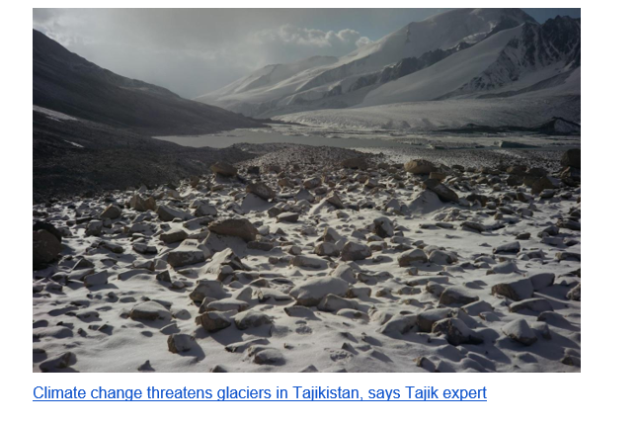Tajikistan’s High-Level Round Table at the European Parliament: Understanding the Issues Behind the Scenes
Derya Soysal, Central Asia Expert at Diplomatic World

On November 19, 2024, the “Tajikistan High-Level Round Table” will take place at the European Parliament. The Tajik government, highly concerned with the climate crisis, aims to engage Europeans in the fight against climate change and to address the melting glaciers in Tajikistan, which also affect neighboring countries.
Tajikistan, a land of glaciers and mountains, is facing a climate crisis. Over the past 40 years, Tajikistan has lost more than 1,000 of its 14,000 glaciers, with harmful consequences for the entire Central Asian region, as noted by Deputy Director of the Hydrometeorology Agency of Tajikistan, Karimjon Abduhalimov, at the 2019 Central Asia Climate Change Conference (CACCC-2019) in Uzbekistan.
The Country Needs Help
President Emomali Rahmon of Tajikistan proposes establishing an international fund for glacier protection and declaring 2025 the International Year of Glaciers. During his speech at the 79th session of the United Nations General Assembly on September 24, 2024, President Rahmon emphasized the importance of uniting the international community to ensure security, maintain stability, and achieve sustainable development. With the scientific consensus of the Intergovernmental Panel on Climate Change (IPCC) affirming climate change, it is hopeful to see heads of state aware of this urgent global issue. In parallel, Rahmon emphasized his country’s unwavering support for the Sustainable Development Goals (SDGs).
Tajikistan, a mountainous Central Asian country, is particularly sensitive to climate change and directly impacted by global warming. Research shows that both the Tajik population and government are highly aware of climate change issues. Tajikistan is a partner country of the EU, and aligns with the EU on several issues.
EU Interest in Climate Change Mitigation
The EU is particularly attentive to climate change and aims to help developing and underdeveloped countries face climate risks. The EU intends to support the Tajik government’s efforts to address climate change. Tajikistan also faces other environmental challenges, such as land degradation, water shortages, and rising temperatures.
The EU’s engagement with Tajikistan has grown significantly since the country’s independence in 1991. The foundation of EU-Tajikistan relations is the Partnership and Cooperation Agreement (PCA), effective since 2010. In early 2023, the EU and Tajikistan began negotiations on an Enhanced Partnership and Cooperation Agreement (EPCA). Regionally,
At the regional level, the Republic of Tajikistan is a partner in the EU’s Central Asia Strategy, adopted in June 2019. This strategy outlines the overall cooperation objectives and priorities for EU engagement in the region, focusing on promoting resilience, prosperity, and regional cooperation in Central Asia. Enhancing resilience also means enabling the region to cope with climate change.
The EU’s cooperation with Tajikistan for the 2021-2027 period will build on past achievements in key areas such as health, public financial management, water, energy, and agriculture, while expanding support for empowering SMEs, greening the economy, and reducing disaster risks. Water is a particularly critical issue for Tajikistan. The EU’s bilateral development assistance allocation for the 2021-2024 period amounts to €91 million. Three priority areas have been identified for the 2021-2027 Multiannual Indicative Programme: Inclusive Green and Digital Economy; Human Development; and Natural Resources Management, Efficiency, and Resilience.
Many glaciers cover the high altitudes of the Pamirs, including the longest glacier outside the polar regions, the Fedchenko Glacier, which stretches over 70 km and has an estimated depth of 800 meters. The Tajik Pamirs thus contain a massive water reservoir for Central Asia, feeding the Syr Darya and Amu Darya rivers—key contributors to the desiccation of the Aral Sea.
Eastern Pamir is dominated by a high, arid plateau with tall mountains at an average altitude of 4,420 meters (ranging from 2,970 to 7,130 meters), while Western Pamir features high, steep valleys with an average altitude of 4,060 meters (ranging from 900 to 7,490 meters). According to the World Bank, Tajikistan is the most climate-vulnerable country in Central Asia and Europe, with significant temperature variations between high and low altitudes.
Six percent of Tajikistan’s territory is covered in glaciers. Located at the edge of the Pamir Mountains, the country has lost “more than 1,000 of its 14,000 glaciers [out of over 200,000 glaciers worldwide]” in the past 40 years, as lamented by the President. This glacier melt will impact all countries in Central Asia.
In conclusion, The climate issues to be discussed with the Tajikistan Ministry of Foreign Affairs will therefore be key points for both Central Asian countries and the rest of the world.
BIBLIOGRAPHY
Engoian, A. (2022, February 22). Le Tadjikistan alerte sur la fonte de ses glaciers. Courrier International. Retrieved from https://www.courrierinternational.com
Philip, B. (2021, September 19). Le Tadjikistan, une république de radicale hostilité aux talibans. Le Monde.fr. Retrieved from https://www.lemonde.fr
Speech of the President of Tajikistan, Tadjikistan | Débat général












































Yorum Yazın
Facebook Yorum